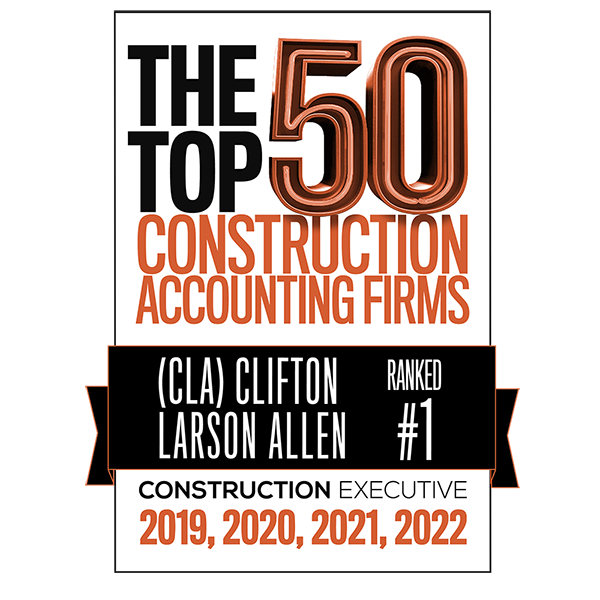Time to Update Your Development Cost Methods

For owners and contractors engaged in development projects, a key tax planning point is to match costs, and future cost in particular, with early development revenues.
The IRS has just revised and restated its “Alternative Cost Method” (ACM) for taxable years beginning after December 31, 2022. This is a method of accounting supplementing cost basis computations to allow taxpayers to include in their tax basis at sale the expected (but not yet incurred) future costs of development properties sold. The new guidance in Rev. Proc. 2023-9 has repealed Rev. Proc. 92-29 (including for previously approved projects using that method). It allows accrual method taxpayers, and those using the completed contract method of accounting, both a replacement approach to accelerate future costs and an automatic procedure to transition to the new method in 2023.
Suppose you are developing a project with ten lots, homes, industrial sites, or something similar. You have incurred $1 million in common improvement costs in year 1 that was allocated $100,000 to each of the ten equal parcels, and another $3 million of common improvements will be required in the future, also allocable to all ten parcels. You will be legally required to expend this $3 million in future common improvements (like roads, utilities, and other amenities) that will benefit all the equal parcels. These will eventually add $300,000 of additional allocable costs to each parcel, but the costs are not added to tax basis until they are “incurred” under tax rules. Mere expectation of a future obligation does not give you tax basis today.
Assume parcels 1 and 2 are sold in year 1. Normally, the tax rules would require all revenue to be recognized when sold, but allow a deduction for only the $100,000 of common costs that have already been incurred that are allocable to each parcel, 1 and 2. Thanks to the ACM, the taxpayer can also include the estimated future costs of $300,000 in the basis of parcels 1 and 2 sold, provided, and to the extent, there are costs incurred by the end of year 1 on the overall project (on common improvements not allocable to lots 1 and 2). In this case, after deducting $200,000 of common improvement costs on the combination of parcels 1 and 2, there is another $800,000 of common improvement costs that are incurred and capitalized to the project that can justify immediate recognition of the $300,000 of those expected future costs in the basis of parcels 1 and 2. The ACM, if elected, must be used for the total project business (including future projects of that business), and allows taxable income reductions in year 1 by $600,000 ($300,000 for each of the two parcels sold). Without this method, that deduction of the $600,000 of future Lot 1 and 2 costs is allowed in the future year(s) when incurred. This might be many years after the sale.
All contractors and developers with incomplete projects on and after December 31, 2022, having common improvement costs, will want to look at this new guidance, including those following the now obsolete rules of Rev. Proc. 92-29. There is an abbreviated automatic method change allowed for 2023. After 2023 there may be risks, less flexibility, and a bit more complexity in the method change to the new Rev. Proc. 2023-29.
This ACM is used by builders who have obligations for future common costs of development parcels, so it will impact only some of the projects by contractors or by the project owners, but the taxable income implications are sizable when these rules apply. The method is available to accrual method taxpayers and to completed contract method projects. Cash method taxpayers could consider a change to the accrual method to qualify for these new rules.
Ben is a trusted professional advisor providing tax, accounting, assurance and consulting services to the construction industry. As a tax principal in the Minneapolis, MN office of CLA he helps construction company's and their owners navigate industry challenges and complex tax legislation. He gained experience with 2 regional firms and a sole proprietor for 19 years prior to rejoining CLA in 2016. Ben serves as National Construction Tax Leader for CLA and is a member of the CLA Construction Strategic Leadership Team.


Comments are closed.